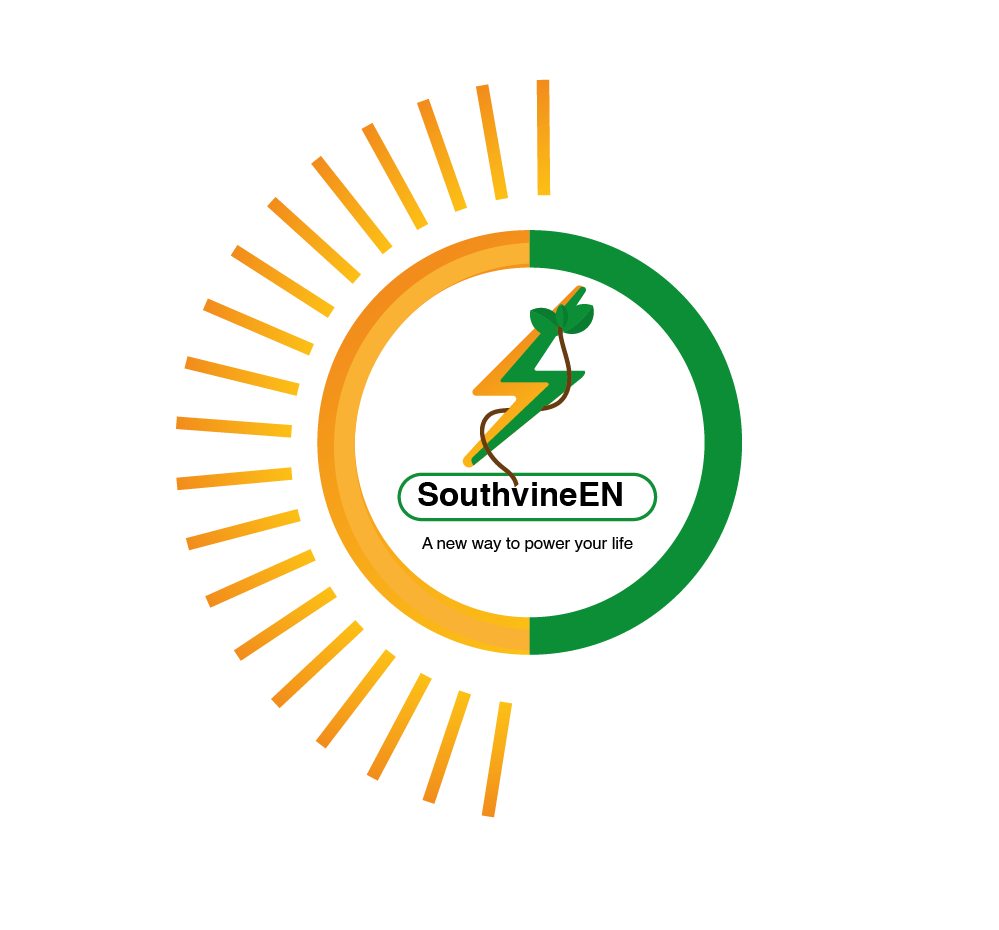
Table of Contents
1. Introduction
2. What Is Solar Permit Design?
3. Challenges of In‑House Solar Design
4. Advantages of Outsourcing Solar Permit Designs
- Streamlined Projects
- Lower Overhead
- Quicker Permit Approvals
- Concentrate on Installation
- Scalable Growth
5. Core Technical Elements Handled by Outsourced Designers
- Solar Plan Sets & CAD Files
- Electrical Schematics & Structural Checks
- Stamped Engineering Drawings
- Permit Filing with AHJs
6. Quality Control & Professional Solar Engineering Services
7. How Outsourcing Cuts Soft Costs
8. Why Pick Southvine Energy for Permit Design Services
9. Conclusion
1. Introduction
For solar contractors and installers throughout the United States, preparing precise, code‑compliant permit packages is often the most time‑intensive and expensive phase of a project. Local Authorities Having Jurisdiction (AHJs) enforce strict PV permit criteria, so even minor documentation errors can stall a job.
Many forward‑looking contractors now turn to specialist firms such as Southvine Energy to handle the design work. By leveraging seasoned solar engineers, they can accelerate timelines, improve accuracy, and keep their focus on the core activity—installing solar systems and expanding their business.
2. What Is Solar Permit Design?
Solar permit design is the production of all the paperwork required for permit submission, typically including:
- Comprehensive solar plan sets showing layout and specifications.
- Project‑specific CAD drawings.
- Electrical schematics that guarantee safe interconnections.
- Structural analyses confirming roof or ground‑mount integrity.
- Stamped engineering drawings meeting local code demands.
Absent accurate permit documentation, projects face rejections, re‑submissions, and added expenses.
3. Challenges of In‑House Solar Design
When installers try to manage design internally, they often encounter:
- Heightened labor costs from employing full‑time designers.
- Delays caused by limited familiarity with varying AHJ rules.
- Diminished productivity as staff are pulled away from installation duties.
Outsourcing offers a more efficient solution.
4. Advantages of Outsourcing Solar Permit Designs
Streamlined Projects:
External design teams take care of the technical paperwork, allowing contractors to concentrate on scheduling installations and nurturing client relationships.
Lower Overhead:
By eliminating the need for a permanent in‑house design department, businesses can trim labor expenses and reduce the soft‑cost component of their projects.
Quicker Permit Approvals
Professional, AHJ‑aligned design packages result in faster approvals and fewer costly revision cycles.
Concentrate on Installation:
Contractors can devote their crews to field work, boosting efficiency and customer satisfaction.
Scalable Growth:
Whether you handle a handful of jobs or hundreds each month, outsourced firms can expand design support in line with your business trajectory.
5. Core Technical Elements Handled by Outsourced Designers
Solar Plan Sets & CAD Files:
Detailed drawings and layout plans enable precise system placement.
Electrical Schematics & Structural Checks:
Specialist engineers produce wiring diagrams and conduct structural assessments to meet safety and compliance standards.
Stamped Engineering Drawings:
Many AHJs require officially stamped drawings; outsourced providers deliver them promptly and accurately.
Permit Filing with AHJs:
Understanding local nuances, third‑party teams streamline the submission process and lower the risk of resubmissions.
6. Quality Control & Professional Solar Engineering Services
Partnering with a dedicated design firm gives you access to engineers equipped with the latest solar modelling tools. This ensures:
- Rigorous quality assurance on every deliverable.
- Designs that maximize energy output and system efficiency.
- Ongoing compliance with evolving building codes and industry standards.
7. How Outsourcing Cuts Soft Costs
Soft costs—labor, delays, re‑work—often dominate a project’s budget. Outsourcing helps to:
- Reduce design‑related labor spend.
- Limit re‑submissions through accurate, code‑compliant packages.
- Enhance overall project efficiency from start to finish.
8. Why Pick Southvine Energy for Permit Design Services
Southvine Energy focuses on delivering solar permit design solutions for installers and contractors nationwide. Our offerings include:
- Custom plan sets built to meet specific AHJ requirements.
- Stamped engineering drawings covering structural and electrical details.
- Permit‑ready documentation designed for rapid approvals.
- Expert engineering support that guarantees compliance and optimal performance.
With Southvine as your design partner, you can accelerate project delivery, lower overhead, and confidently scale your solar operation.
9. Conclusion
For modern solar contractors and installers, outsourcing permit design is more than a convenience—it’s a strategic edge. Leveraging external solar engineering expertise leads to faster approvals, reduced soft costs, and the freedom to focus on installation and client satisfaction.
Southvine Energy provides precise, professional, and AHJ‑compliant solar permit designs that keep your projects on schedule and within budget, while supporting the growth of your business.


